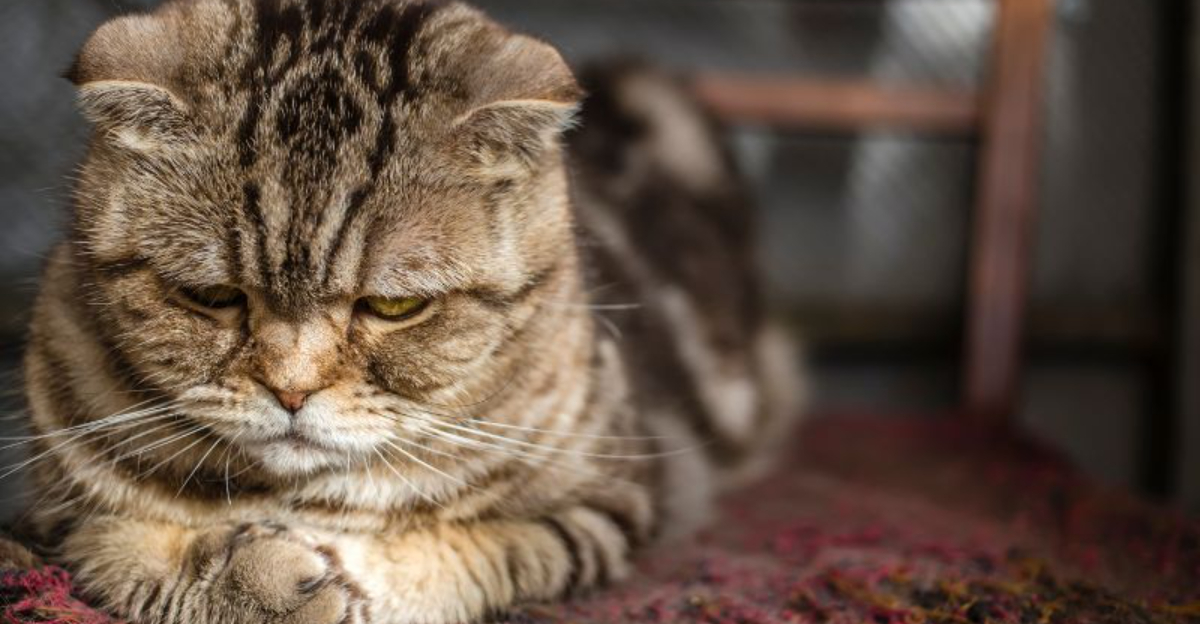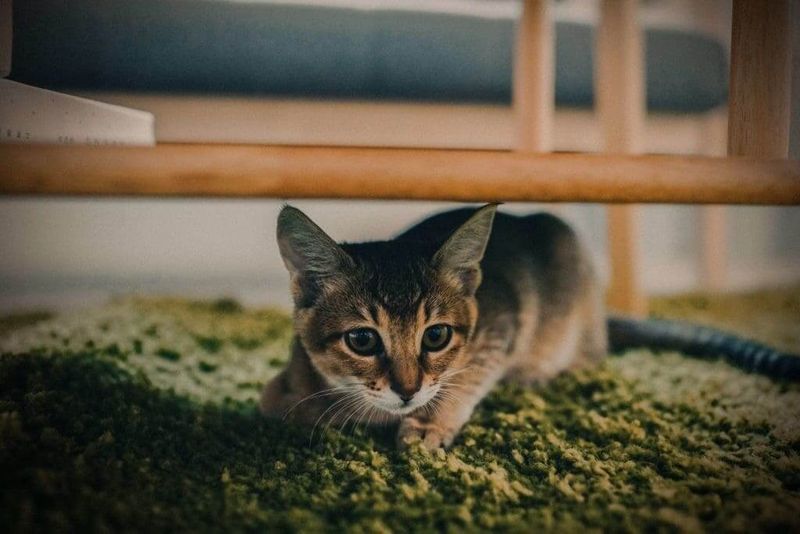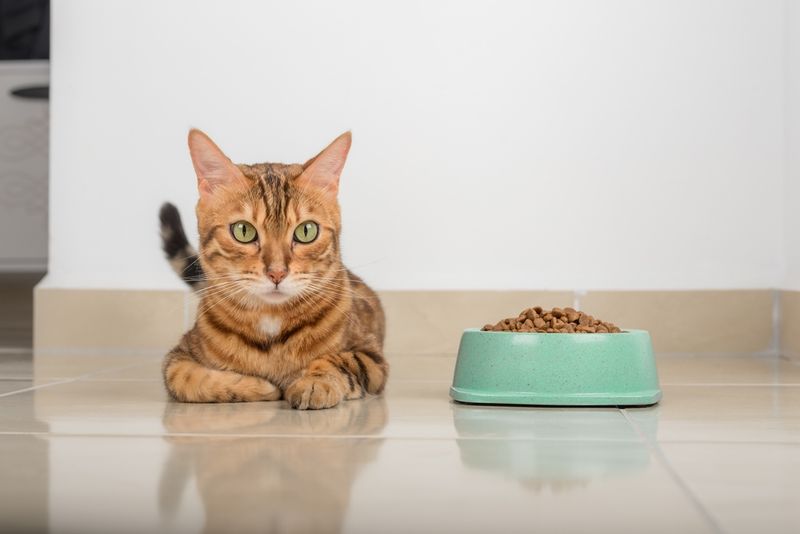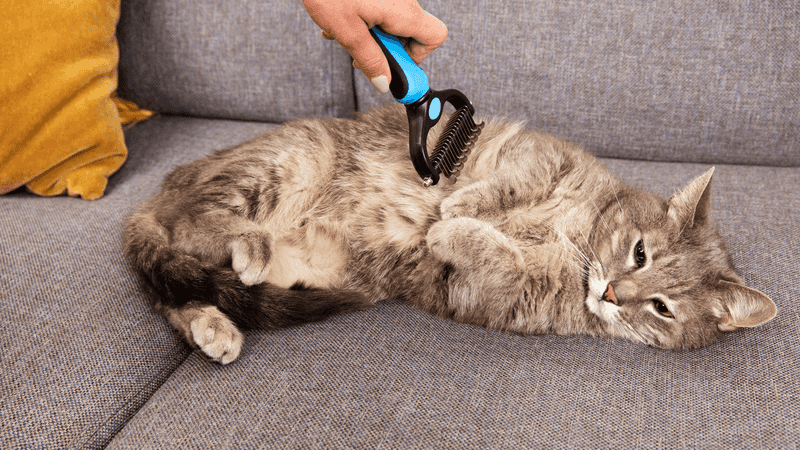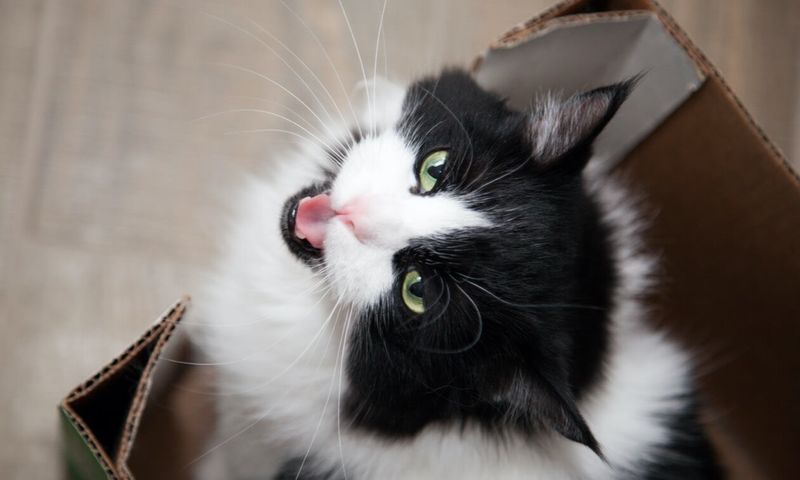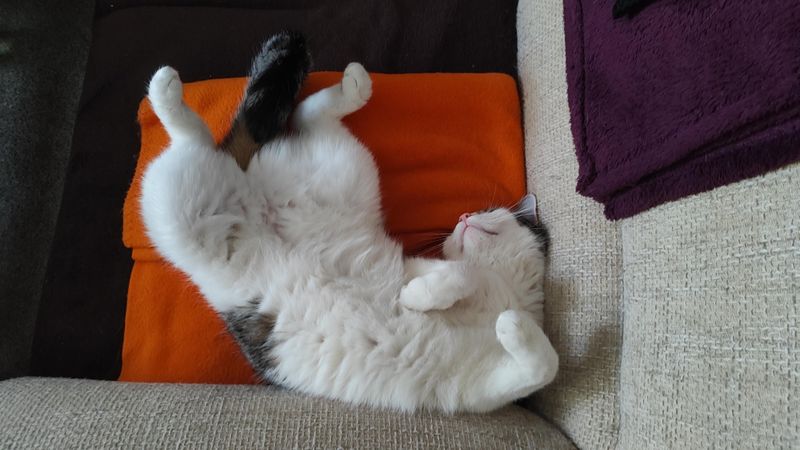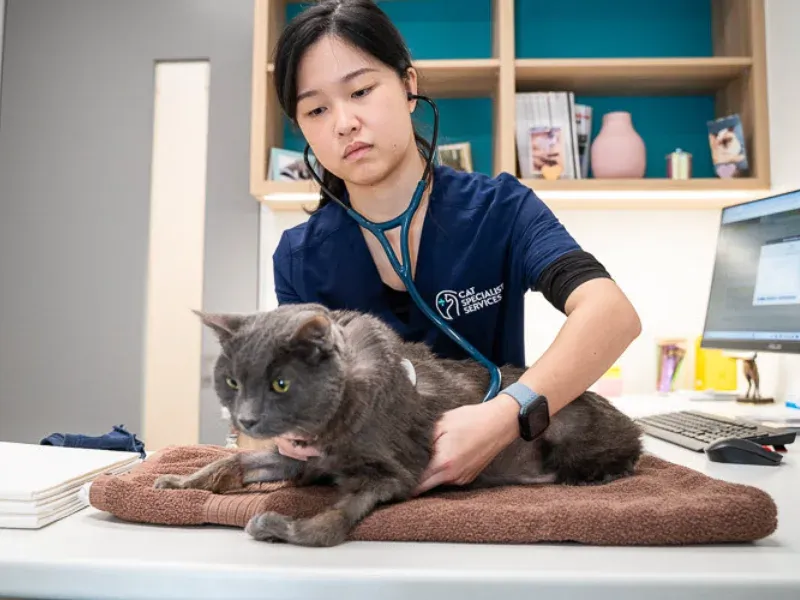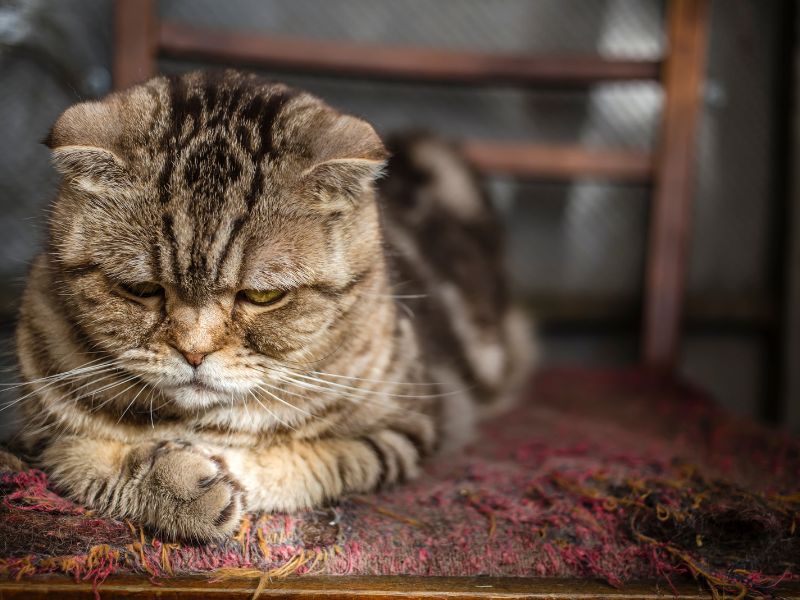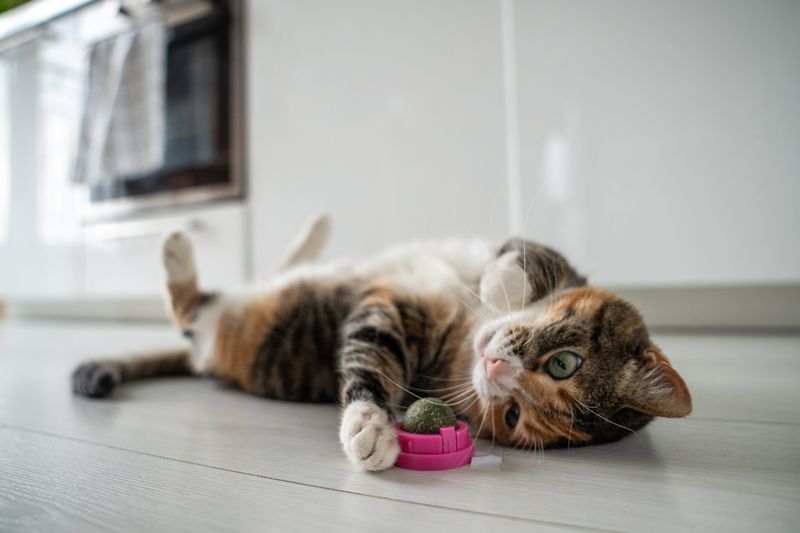📖 Table of Content:
Cats are famously enigmatic, often masking discomfort and distress behind a calm demeanor. This quiet stoicism is deeply rooted in feline instinct—an evolutionary trait designed to avoid attracting predators. Because of this, many pet parents may overlook the early signals that their beloved companion is nearing the end of life.
When a cat is preparing to say goodbye, the signs are rarely loud or obvious. They emerge as soft shifts in behavior, slight changes in appetite, or a tendency to retreat from normal routines. These indicators can be heartbreaking to notice, but recognizing them is essential for ensuring comfort, dignity, and emotional presence in your cat’s final days.
Understanding these signs doesn’t mean assuming the worst at every turn. Rather, it offers the opportunity to be proactive—providing gentle care, seeking veterinary advice, and making your cat’s transition as peaceful as possible. In honoring these quiet cues, we strengthen the bond with our feline friends at a time when they need us most.
1. Withdrawal and Hiding
Without any dramatic display, a cat may begin to withdraw from social interactions and seek out secluded places. This tendency to isolate is a deep-rooted survival instinct—they often hide to shield themselves from perceived threats when feeling weak or vulnerable. Even the most affectionate and outgoing cats may suddenly prefer the underside of a bed or a quiet corner of the house. You might find them sleeping in closets, under furniture, or behind curtains, away from daily household activity. This retreat can happen gradually or almost overnight, and is often misunderstood as simply a preference for solitude. Paying close attention to these hiding behaviors can reveal underlying discomfort or emotional withdrawal. It’s a silent but meaningful way your cat might be telling you they’re not feeling well.
2. Sudden Changes in Appetite
Gradual or abrupt loss of appetite is one of the most telling signs that something may be wrong. Cats who once greeted their meals with enthusiasm might start sniffing their food and walking away, or refusing to eat altogether. Even treats or favorite snacks may lose their appeal. This disinterest in food often accompanies metabolic slowdown or organ decline, especially in elderly or chronically ill cats. In some cases, a cat may still drink water, but even that habit can taper off as their condition worsens. It’s essential to monitor these changes closely, as dehydration and malnutrition can escalate quickly. Appetite loss rarely happens without reason, and it’s often a sign that the body is preparing to shut down.
3. Decreased Grooming
Cleanliness is central to a cat’s routine, so when grooming declines, it typically signals an underlying issue. A previously well-groomed cat might start appearing unkempt, with a greasy or matted coat that lacks its usual shine. This lapse in self-care may result from fatigue, discomfort, or simply a loss of interest in daily rituals. You may also notice dandruff, hair clumps, or dirt accumulation that would’ve once triggered a fastidious cleaning session. It’s a subtle change, but an emotionally telling one—cats that stop grooming are often giving up part of their identity. Physical discomfort such as arthritis or mouth pain can also interfere with grooming habits. While it may seem cosmetic, the neglect of grooming is a strong internal cue something deeper is unfolding.
4. Unusual Vocalizations or Silence
Shifts in vocal patterns can be another sign your cat is communicating distress or confusion. Some cats, especially seniors, may become more vocal—meowing at odd times or emitting low, mournful sounds. Others who used to be quite chatty may go unusually quiet, losing the desire or ability to “speak” as they once did. These changes can be driven by pain, cognitive decline, or emotional withdrawal. Nighttime crying, in particular, may increase as vision and awareness fade or anxiety rises in the dark. It’s important not to dismiss new or altered vocalizations as just quirks. Instead, they are often the only way your cat can express discomfort or emotional need in their final phase of life.
5. Sleeping in Odd Locations
Lying down in odd or previously ignored locations may suggest your cat is seeking solitude or environmental relief. You might discover them resting on cold tiles instead of cozy blankets or hiding in unfamiliar spots like laundry baskets or behind appliances. These changes often reflect an effort to find a quieter, darker, or more temperature-controlled space. Cats in decline are hypersensitive to noise, light, and temperature, which can drive them away from usual sleeping areas. In some cases, they may choose a location that offers minimal physical contact—indicative of discomfort or disorientation. It’s a subtle spatial communication that they want less stimulation and more peace. These changes, though easy to overlook, are often deeply symbolic.
6. Changes in Breathing
Breathing irregularities are among the more physically alarming signs that something is seriously wrong. A cat nearing the end of life may breathe in shallow, rapid bursts, or exhibit heavy, labored breathing with noticeable chest movement. These shifts can happen sporadically or become more frequent over time, particularly as organs begin to shut down. In some cases, long pauses between breaths or open-mouth breathing may occur, which are critical signs of distress. You may also hear soft wheezing or clicking sounds with each inhale or exhale. Cats typically hide signs of respiratory issues until they’re advanced, making observation essential. Don’t wait to seek veterinary input if you observe changes in your cat’s breathing rhythm or pattern.
7. Loss of Coordination
Sudden or progressive decline in mobility can indicate that your cat is struggling more than they let on. Stumbling, dragging their feet, or swaying while walking suggests balance issues often tied to neurological or muscular degeneration. You might notice them hesitating before jumping, slipping while climbing, or even falling over during basic movements. These signs are often brushed off as aging, but they can also be signs of significant internal struggle. Weakness may come from anemia, dehydration, or the body’s slowing metabolism. Even a previously agile cat can quickly lose physical confidence in their final days. Observing how your cat moves is key to recognizing when their coordination is giving way to fatigue or discomfort.
8. Diminished Interest in the Environment
Gradual withdrawal from daily activity is one of the most overlooked indicators of decline. A cat nearing the end may stop responding to toys, sights outside the window, or interactions with humans and other pets. Their world seems to shrink, and even formerly exciting stimuli may go ignored. They may stay curled in the same spot for hours, barely lifting their head when approached. While this can be mistaken for rest, it often reflects a deep-seated detachment. Emotional and physical fatigue converge to create a state of resignation. It’s a poignant sign that your cat may be preparing to let go of the life they once explored with curiosity.
9. A Final Burst of Energy
Occasionally, a cat may display an unexpected burst of vitality just before the final decline. They might eat more, play, or show sudden affection—briefly returning to old habits that seemed lost. This phenomenon, sometimes referred to as a “rally,” can give pet owners false hope. It’s believed to be a final release of endorphins or adrenaline, not a sign of recovery. Though it can be comforting, this surge is often short-lived and followed by rapid deterioration. Observing this behavior can be emotionally confusing but is a common part of the dying process. Understanding it can help you make the most of those final, precious moments.
